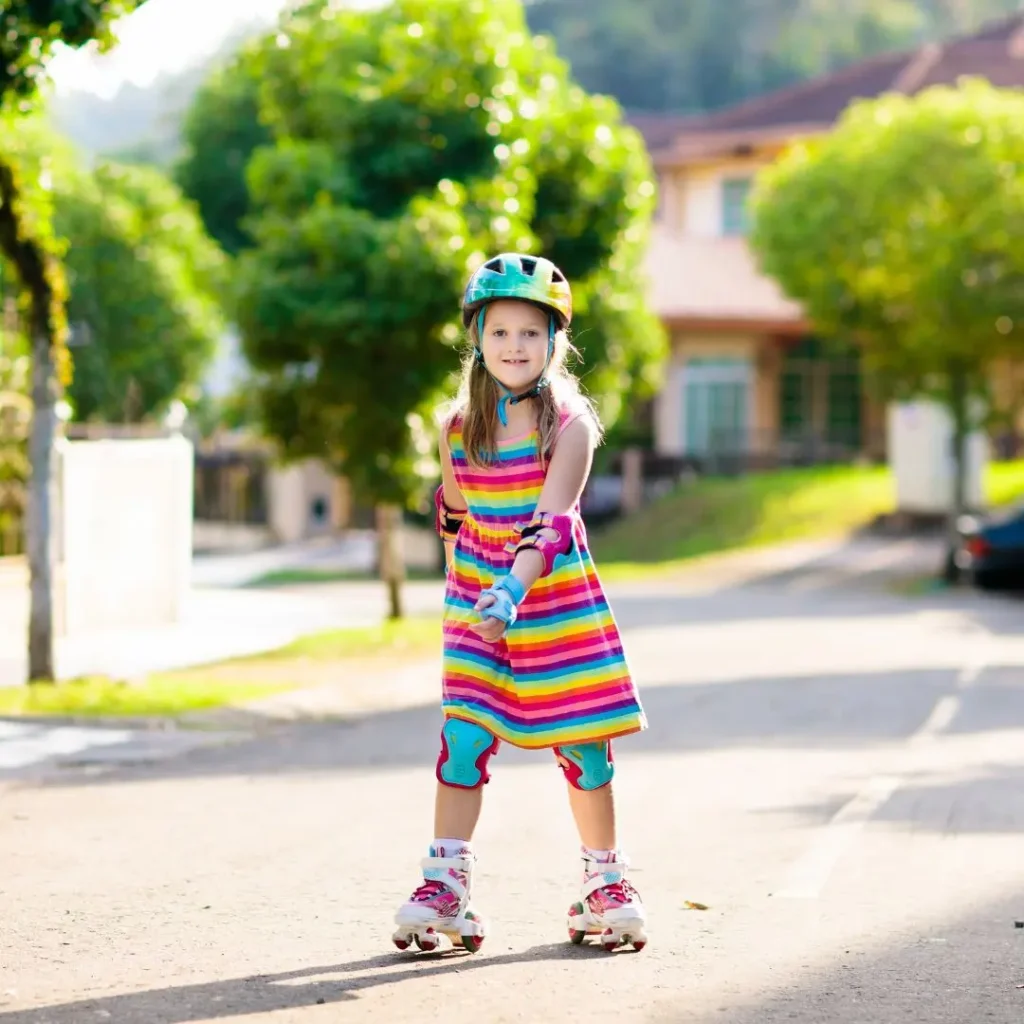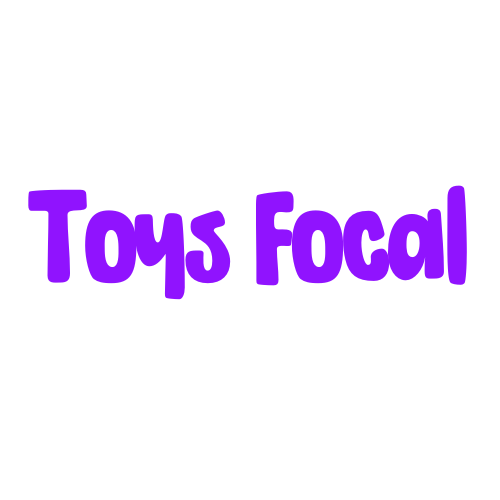Disclaimer: This post contains affiliate links. If you use these links to buy something, we may earn a commission at no extra cost to you.

Balance plays a vital role in early childhood development, aiding in the acquisition of gross motor skills and overall coordination.
Balance toys are an excellent way to encourage and support your child’s journey in developing these crucial abilities.
From soft playmats to adventurous skateboards, there’s a balance toy out there to suit every age and skill level.
Plus, you’ll find expert videos and resources for even more insight into the power of Play & Toys!
Join Our Community!
Balance Toys by Age: A Quick Guide
| Age Group | Balance Toy Examples |
|---|---|
| Babies (0-12 months) | Playmats with arches, activity gyms, baby bouncers, sit-to-stand toys, push wagons |
| Toddlers (1-3 years) | Scooters, tricycles, balance bikes, push cars, ride-on animals |
| Preschoolers (3-5 years) | Four-wheeled scooters, bikes with training wheels, roller skates, jump ropes, hula hoops |
| Grade Schoolers (6-12 years) | Two-wheeled scooters, bicycles, skateboards, inline skates, juggling sets |
Popular & Trending Balance Toys on amazon.com
- Balance Board for Kids on amazon.com
- Bugatti Electric Scooter on amazon.com
- Yes4All Hedgehog Balance Pods and Balance Disc on amazon.com
- Non-Slip Plastic Balance Stepping Stones for kids on amazon.com
- Ingenuity 3-in-1 Baby Bouncer on amazon.com
Baby Balance Toys (0-12 Months)
- Playmats with Activity Arches: These stimulate babies, encouraging reaching, grasping, and kicking—all important for early balance exploration.
- Activity Gyms: Similar to playmats, these often include lights, sounds, and textures, enhancing the sensory experience and aiding development.
- Baby Bouncers: A supported way for babies to practice bouncing and jumping builds leg strength and early balance awareness.
- Sit-to-Stand Ride-On Toys: These toys provide support and facilitate the transition from sitting to standing, which is key to balance and eventual walking.
- Push and Pull Wagons: As they learn to walk, push wagons offer toddlers a sense of support while they develop on-the-move balance.
Toddler Balance Toys (1-3 Years)
- Scooters: A beloved classic, scooters promote leg strength, coordination, and balance as your little one navigates sidewalks and parks.
- Tricycles: Pedaling and steering a tricycle helps develop leg strength and coordination, setting the stage for future cycling adventures.
- Balance Bikes: Pedal-free bikes help toddlers learn the core skill of balance, easing the eventual transition to traditional bicycles.
- Push Cars: Propelled by foot power, push cars refine muscle strength and encourage coordination.
- Ride-On Animals: Rocking horses and other ride-on animal toys provide a playful approach to practicing balance.
Preschool Balance Toys (3-5 Years)
- Four-Wheeled Scooters: These wider-based scooters are ideal for preschoolers still honing their balance skills.
- Kiddie Bikes with Training Wheels: Training wheels offer stability for those ready to experience the thrill of a bicycle.
- Roller Skates: Quad skates (four wheels) are often a good starting point, providing more stability as kids discover rolling balance.
- Jump Ropes: Jumping rope strengthens gross motor skills and teaches rhythm and body control.
- Hula Hoops: This classic activity brings joy while building core strength and coordination.
Grade Schooler Balance Toys (6-12 Years)
- Two-Wheeled Scooters: These classic scooters offer more of a balance challenge, building dexterity and skill.
- Bicycles: Losing the training wheels is a major milestone and cycling opens up new avenues for exercise and exploration.
- Skateboards: An exhilarating sport! Skateboarding requires excellent balance and coordination.
- Inline Skates: These offer a different balance experience than traditional roller skates, challenging coordination in new ways.
- Juggling Sets: Juggling develops hand-eye coordination, focus, and can even incorporate a sense of balance when retrieving dropped items.
Always consider your child’s age and developmental stage when selecting balance toys. Provide appropriate supervision and safety gear, especially when introducing new challenges.
Note: This article is intended for informational purposes. Always consider your individual child’s interests and developmental needs when selecting toys.
Let’s help parents choose the best toys! Share this if you agree.
Resources
- Pathways Org – The Best Toys for Outdoor Play
- Unicef Parenting – The science of play
- National Institute for Play – Relationship between Risky Outdoor Play and Health in Children
- Zero to Three – Tips for Active Play, Indoors and Out
- National Institute for Play – How We Play
- Toy Industries of Europe – What makes a toy safe?
